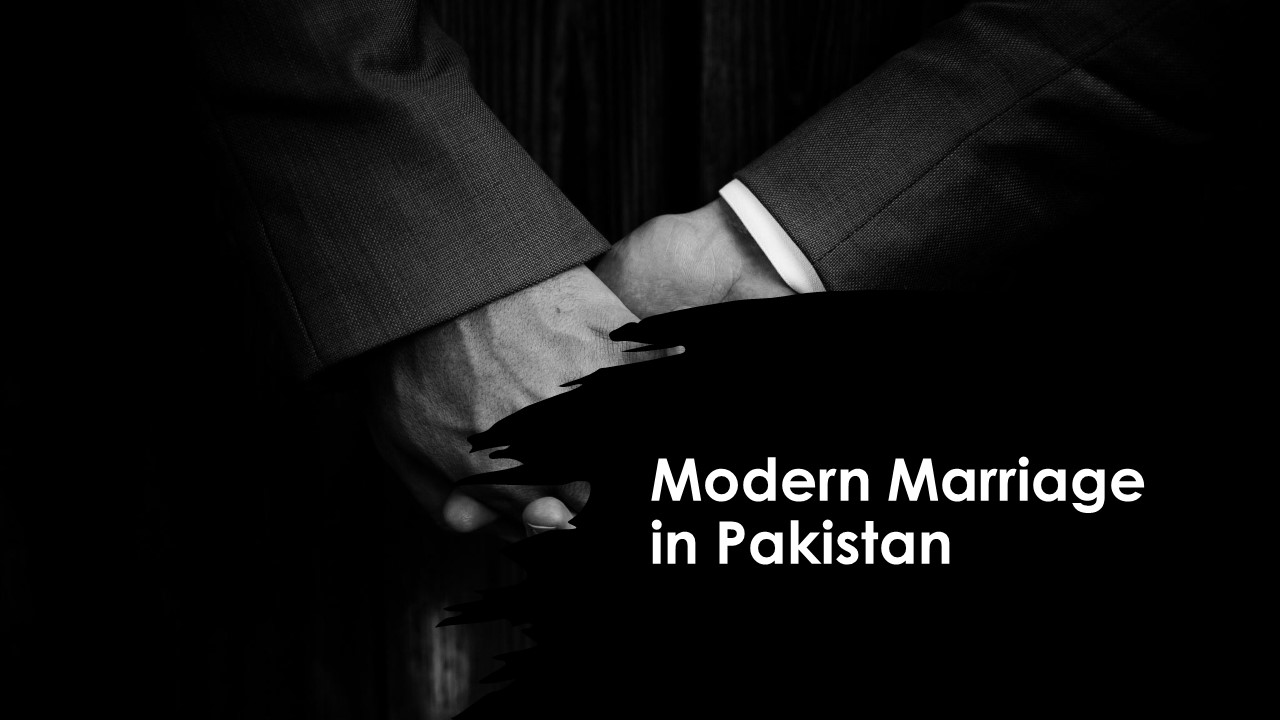Traditional marriage and family in Pakistan functioned through the customary type of arranged marriages. These were mostly endogamous marriages, in which parents or other senior family members arranged marriages between men and women within the same extended family, clan, local community, or tribe. Such consanguineous marriages secured the endogamy of the family to maintain its socio-economic standing. These kinds of family unions allowed people to retain family affiliations and household assets within the family or clan.
In another article, I explained how traditional marriage functions in Pakistan as an arranged marriage.
In an arranged marriage, men and women marry whomever their families choose for them for practical reasons. The marriages were their family responsibilities to pursue financial security, social respect, and economic suitability. Romantic attraction and love were of second importance.
The Modern Time of Cultural Changes in Pakistani Marriage
Throughout recent decades, many things have changed in Pakistani culture. Western cultural influence has evidently had an impact on the cultural norms and minds of men and women. The social mobility of men and women, especially among the urban population, has substantially increased. The mentality of many people in Pakistan has changed in recent times (Maqsood, 2021).
The cultural attitudes of parents have altered and become less conservative. Now, they enable and even advise their children to get educated, socialize with friends, consume locally branded goods, and undertake Westernized leisure activities. They send children to private English-medium schools and even encourage them to travel abroad. This is a new cultural direction for people in Pakistani society.
Many young men and women feel delighted that their parents support their intentions to study, work, and travel, postponing their commitments to marriage. Parents frequently support their children’s interests and advise them to enjoy their social lives. They allow their children to look for themselves and begin to think about marriage when they themselves feel ready.
Modern Change in Cultural Practices of Marriage in Pakistan
Nowadays, marriages are a lower priority for young Pakistani people. Parents enable children to take part in many things to enjoy life before they make themselves committed to marriage. They even allow them to date each other before they make the important decision to marry.
Zara Ahmed illustrated the new cultural freedom in Pakistani society this way.
“I reached out to a family friend in Pakistan, and she confirmed the amount of change that has taken place in the culture back home. Her older sister was married off at the ripe old age of eighteen and was told to focus on the house and her children, rather than worrying about her education and career. It is important to note that the sisters have a ten-year age gap; this allowed for ten years’ worth of change before it was time for my friend to speak to the aspect of marriage. Now my friend regularly socializes with both girl and guy friends, travels to places like Dubai and Turkey with just her girlfriends – no chaperones, and has completed an undergraduate degree and is on her way to completing a graduate degree. Her parents bring up the topic of marriage gently and just as a reminder to her to keep an eye out of any potential partners she may be interested in.”
(Ahmed, 2021, p. 5)
Modern Pakistani culture has come to understand that marriage is not only about obligations and duties but also something more than that. Parents now understand that interpersonal attraction can play a role in marital relationships.
“The local notion of understanding, used to talk about premarital relationships, offers a window on the way love introduces “new conditions of possibility” (Maqsood, 2021, p. 94).
Many, however, are still reluctant to openly accept that love marriages are on the rise in their culture. Some still oppose these kinds of relationships—the tradition of arranged marriages has its lingering effect.
